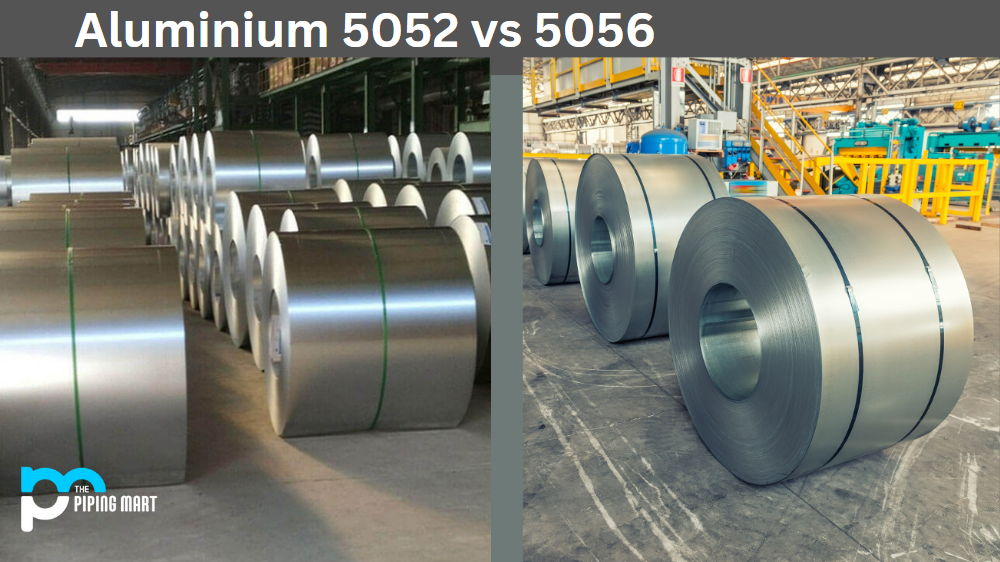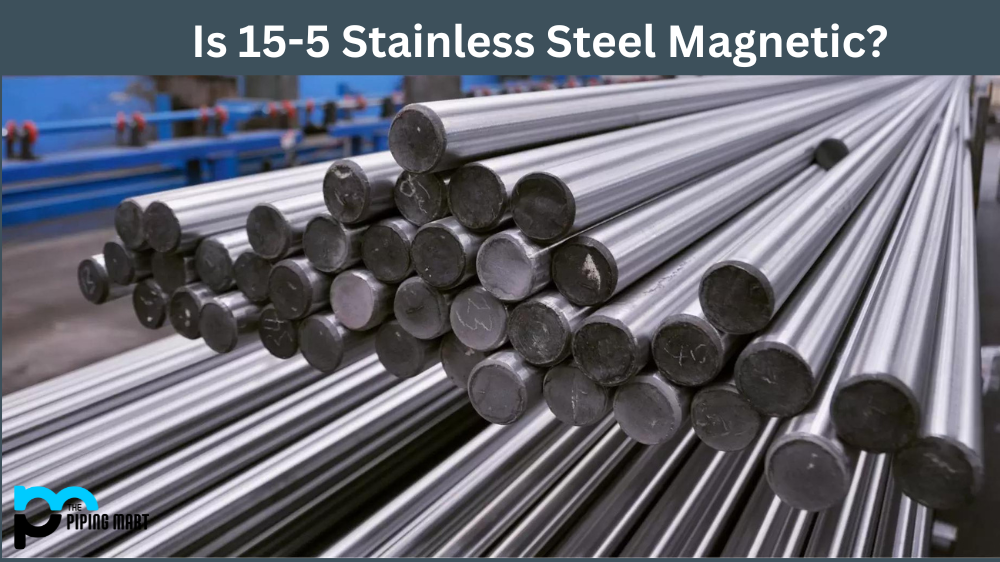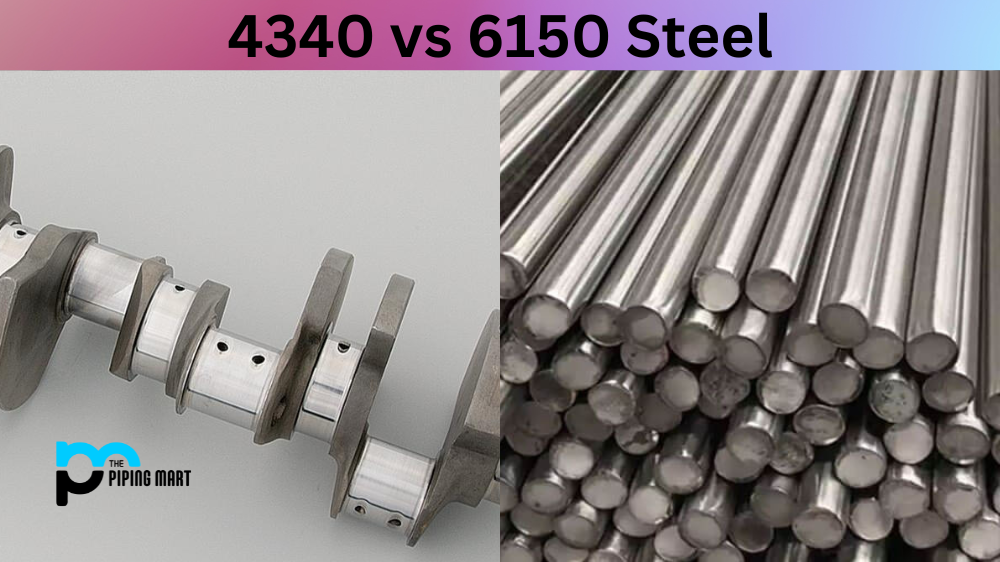When choosing the right type of aluminium for your project, you may consider both 5052 and 5056 alloys. While these two options may seem very similar initially, some key differences could impact your final product. In this blog post, we will discuss the differences between Aluminium 5052 and 5056 and help you make the right decision for your project.
Aluminium 5052
Aluminium 5052 is an aluminium alloy that contains magnesium and chromium. It is strong and corrosion-resistant, making it a popular choice for various applications.
Aluminium 5056
Aluminum 5056 is an aluminium alloy that contains magnesium and manganese. It is more potent than 5052 and is also corrosion-resistant.
Difference Between Aluminium 5052 and 5056
Composition and Properties
Aluminium 5052 and 5056 are the 5XXX series of aluminium alloys known for their excellent corrosion resistance. However, there are some notable differences in their composition. Aluminium 5052 contains 2.5% magnesium, 0.25% chromium, and 0.25% copper. On the other hand, Aluminium 5056 contains 5% magnesium and has a high level of silicon. This difference leads to distinct mechanical properties between the two alloys. For example, 5052 is known for its excellent workability and formability, while 5056 is generally considered more complex and robust.
Application
Aluminium 5052 is commonly used to construct fuel tanks, maritime structures, and other structures where corrosion resistance is essential. Because of its good workability and relatively low strength, 5052 is also employed in sheet metal work, appliances, and cookware. On the other hand, Aluminum 5056 is often used in the aerospace industry, particularly for constructing wings and fuselages. Due to its higher strength and hardness can also be used in applications requiring greater structural strength.
Welding
Interestingly, the differences between 5052 and 5056 can be seen most clearly regarding welding. Aluminium 5052 is known for its excellent weldability and low melting point, making it easy to join. However, Aluminum 5056 presents more of a challenge regarding welding. While it is possible to weld 5056, it typically requires more specialized techniques and equipment.
Price
Finally, there is the matter of cost. Generally speaking, Aluminium 5052 is less expensive than Aluminum 5056. 5052 is more readily available and more accessible to manufacture than 5056. However, the cost difference may need to be more significant to factor into your decision-making process if applying the alloy image is more important than the cost.
Advantages of Aluminium 5052
The main advantages of Aluminium 5052 are its ease of fabrication and good weldability. Additionally, it has good resistance to saltwater corrosion.
Advantages of Aluminium 5056
The main advantages of using aluminium 56 are its high strength and excellent resistance to saltwater corrosion.
Conclusion
Aluminium 5052 and 5056 are excellent choices for different applications, depending on the project requirements. While the two alloys have some similarities, they also have significant differences in composition, properties, application, welding capability and price. Consequently, it is essential to consider the specific requirements of your project before selecting either 5052 or 5056. Consider factors such as strength, workability, application, and cost to determine which alloy will work best for you. By understanding the differences between 5052 and 5056, you can make an informed decision that will ensure the best possible outcome.

Pipingmart is a B2B portal that specializes in metal, industrial and piping items. Additionally, we share the latest information and information about materials, products and various types of grades to assist businesses that are involved in this business.




